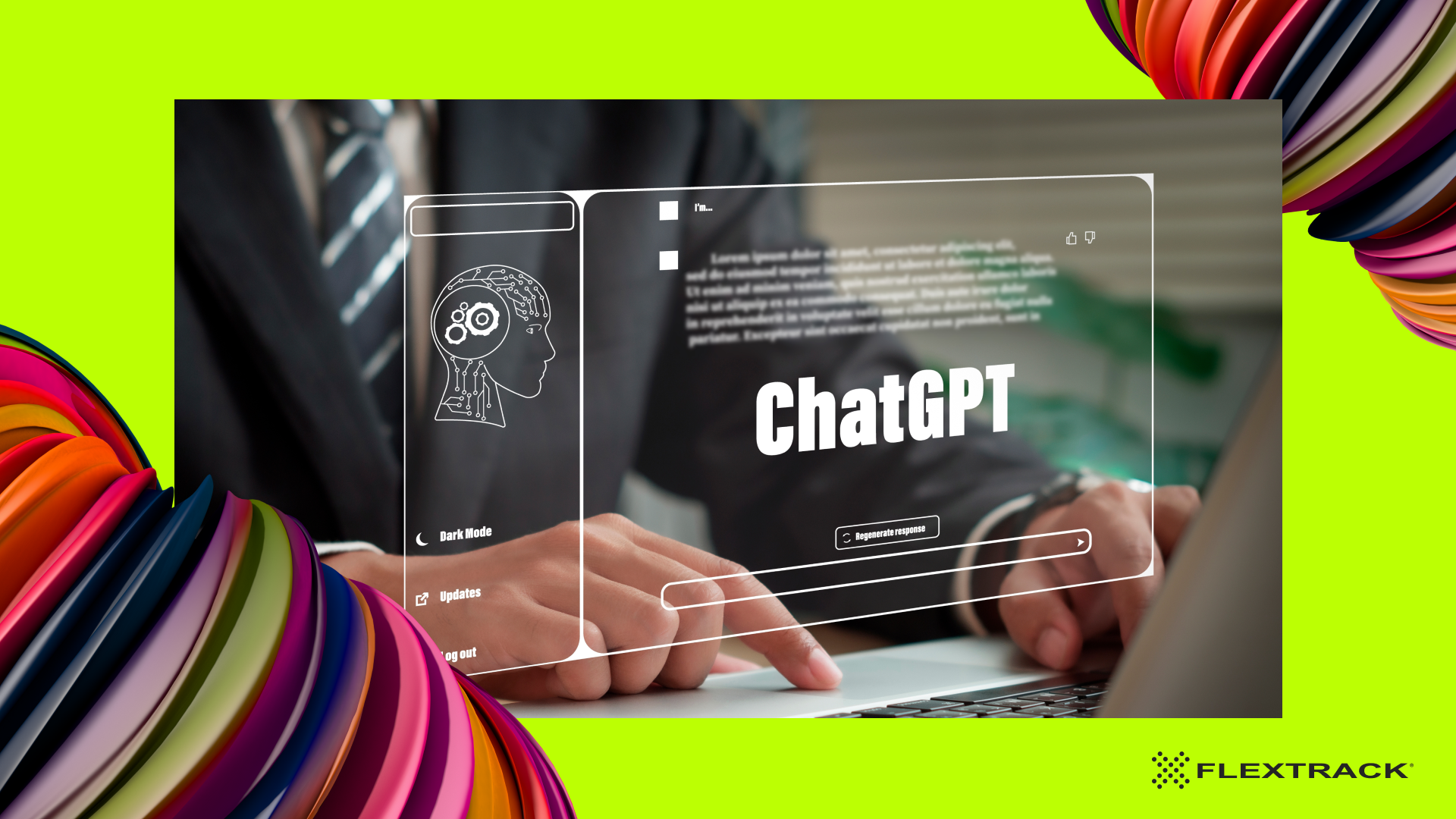
16 Jan ChatGPT and Bias-Free, Skills-Based Job Descriptions for The Contingent Workforce
If you’ve spent more than ten minutes on the Internet over the past few weeks, you’ve undoubtedly been hit by the most recent wave of hype concerning technology, work, and life: ChatGPT. While the temptation among some may be to predict the decimation of entire classes of human workers (The Robot Apocalypse is so 2016), the power, accessibility and conversational interface of ChatGPT warrants a closer look by anyone who has or wants a knowledge-based job.
What is ChatGPT and how does it fit into contingent workforce management?
Briefly, ChatGPT is a generative AI tool released early last month by OpenAI, a research lab founded in 2015 by Sam Altman, Elon Musk and other technology visionaries. Generative AI is a type of technology that can create novel, or new, content using machine learning algorithms analyzing large, unstructured data sets. The surprising power of ChatGPT is its ability to return original results in a manner that closely mimics content produced by humans. And therein lies the issue.
My first foray into this amazing technology was to ask it to produce “bias-free, skills-based” job descriptions for a data analyst, a graphic designer, and an account manager.
Many of us in TA, HR and contingent workforce management cannot count the number of hours we’ve spent generating various job descriptions, and I was curious to see what the new technology would produce. I must admit I was surprisingly impressed by the quality of the nearly instant results.
Incomplete results and more work needed
Sure, the results did not include any pronouns or obviously gendered language. And the de-biasing language in job descriptions has been a trend for almost five years, so clearly this was captured in the training data. There was no reference to inequitable social structures such as “legacy practices” or “master/slave” relationships between data sets. They even included standard statements about equal opportunity employment, the pursuit of diverse candidates, and a commitment to inclusion. There was nothing, however, on ensuring efforts to include marginalized communities in data sets or generating images that reflect these commitments to diversity and inclusion, for example. Most notably there was no affirmative language for outreach to people with disabilities.
When it came to skills-based approaches to job descriptions, however, it became clear that this trend is newer than the training data. One of the primary drivers of the move to skills-based approaches is the subjectivity and inaccuracy of college degrees as proxies for skills and abilities.
My ChatGPT results included degrees as a requirement for the data analyst, and as a preferred qualification for the account manager. The results also included 2-5 years of experience in the assigned discipline – technically not a completely “skills-based” requirement but something that hasn’t been completely figured out yet.

The verdict? It still needs human capabilities
Overall I was impressed by my first experience with ChatGPT. A tool like this can be very useful in saving time on routine tasks, even those that require creating content like a job description. It’s important to acknowledge, however, that this one, and likely all AI-driven tools for some time to come, have significant limitations. Like any other machine learning tool, it is only as good as the data in its training model.
Perhaps more importantly, however, the human element is still critical for generating value – not just content. For the time being, only humans can fully understand the context to make content valuable. Only human understanding can determine if AI-generated content is “right.”
You don’t need any special skills or training to get started with the tool. And it is valuable. Just make sure to bring your critical thinking and your own experience to avoid taking the wrong direction based on generative AI results.
Ask your teammates and social network:
1-What is ChatGPT and is generative AI a successful tool for contingent workforce management?
2-How can ChatGPT be used to create bias-free and skills-based job descriptions for a contingent workforce?
3-What are the limitations of using ChatGPT for creating content like job descriptions, and how can we overcome them?
